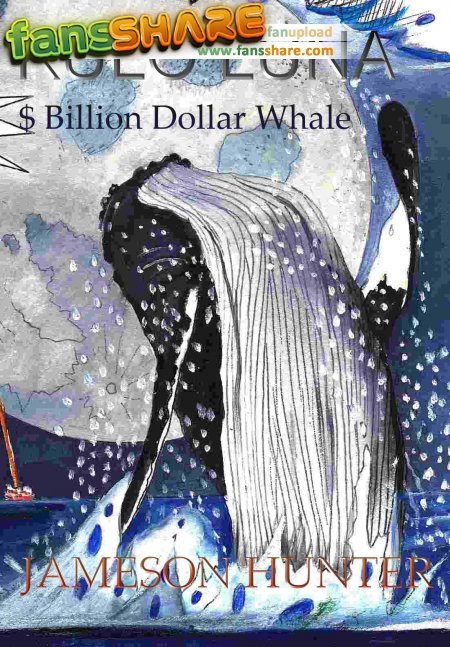|

Pongo
loves a nap in the morning, afternoon and most of the evening. He smells
worse than the droppings of other animals, which is why they tend to
leave him alone. His diet consists of a leaf for breakfast, a leaf for
lunch and two leaves before bedtime. He's a cool dude - mainly because
his movements are so slow, his muscles generate no heat.
Sloths are members of the superorder Xenarthra, a group of mammals that appeared in South America about 60 million years ago (Mya), although at least one source puts the date at which sloths and related animals broke off from other placental mammals at about 100 Mya. Also included among the Xenarthra are anteaters and armadillos. The earliest xenarthrans were arboreal herbivores with sturdy spines, fused pelvises, stubby teeth, and small
brains.
Sloths are medium-sized mammals belonging to the families Megalonychidae (two-toed sloth) and Bradypodidae (three-toed sloth), classified into six species. They are part of the order Pilosa and are therefore related to anteaters, which sport a similar set of specialized claws. Extant sloths are arboreal (tree-dwelling) residents of the jungles of Central and South America, and are known for being slow-moving, and hence named "sloths".
Extinct sloth species include many ground sloths, some of which attained the size of elephants.
Sloths make a good habitat for other organisms, and a single sloth may be home to moths, beetles, cockroaches, ciliates, fungi, and algae.
The living sloths belong to one of two families, known as the Megalonychidae ("two-toed" sloths) and the Bradypodidae (three-toed sloths). All living sloths have in fact three toes; the "two-toed" sloths, however, have only two fingers. Two-toed sloths are generally faster-moving than three-toed sloths. Both types tend to occupy the same
forests; in most areas, one species of three-toed sloth and one species of the larger two-toed type will jointly predominate.
However, their adaptations belie the actual relationships of the living sloth genera, which are more distant from each other than their outward similarity suggests. The common ancestor of the two genera apparently lived 35–40 Mya, making the living forms stunning examples of convergent or parallel evolution. The two-toed sloths of today are far more closely related to one particular group of ground sloths than to the living three-toed sloths. Whether these ground-dwelling Megalonychidae were descended from tree-climbing ancestors or whether the two-toed sloths are really miniature ground sloths converted (or reverted) to arboreal life cannot presently be determined to satisfaction. The latter possibility seems slightly more likely, because the small ground sloths Acratocnus and Neocnus, which were also able to climb, are among the closer relatives of the two-toed sloths, and these together were related to the huge ground sloths Megalonyx and Megalocnus.
The evolutionary history of the three-toed sloths is not well known. No particularly close relatives, ground-dwelling or not, have yet been identified.
The ground sloths do not constitute a monophyletic group. Rather, they make up a number of lineages, and as far as is known, until the Holocene, most sloths were in fact ground-dwellers. The famous Megatherium, for example, belonged to a lineage of ground sloths that was not very close to the living sloths and their ground-living relatives, like the small Neocnus or the massive Megalonyx. Meanwhile, Mylodon, among the last ground sloths to disappear, was only very distantly related to either of these.
SLOTH
LINKS
http://en.wikipedia.org/wiki/Sloth
|
Baby
Sloth - Youtube
|
BBC
Documentary - Youtube
|
POPULAR
MAMMALS:
A
taste for adventure capitalists

Solar
Cola - a healthier alternative
OTHER
ANIMALS:
|
AMPHIBIANS |
Such
as frogs (class: Amphibia) |
|
ANNELIDS |
As
in Earthworms (phyla: Annelida) |
|
ANTHROPOLOGY |
Neanderthals,
Homo Erectus (Extinct) |
|
ARACHNIDS |
Spiders
(class: Arachnida) |
|
BIRDS
|
Such
as Eagles, Albatross
(class: Aves) |
|
CETACEANS
|
such
as Whales
& Dolphins
( order:Cetacea) |
|
CRUSTACEANS |
such
as crabs (subphyla: Crustacea) |
|
DINOSAURS
|
Tyranosaurus
Rex, Brontosaurus
(Extinct) |
|
ECHINODERMS |
As
in Starfish (phyla: Echinodermata) |
|
FISH
|
Sharks,
Tuna (group: Pisces) |
|
HUMANS
- MAN |
Homo
Sapiens THE
BRAIN |
|
INSECTS |
Ants,
(subphyla: Uniramia class: Insecta) |
|
LIFE
ON EARTH
|
Which
includes PLANTS
non- animal life |
|
MAMMALS
|
Warm
blooded animals (class: Mammalia) |
|
MARSUPIALS |
Such
as Kangaroos
(order: Marsupialia) |
|
MOLLUSKS |
Such
as octopus (phyla: Mollusca) |
|
PLANTS |
Trees
- |
|
PRIMATES |
Gorillas,
Chimpanzees
(order: Primates) |
|
REPTILES |
As
in Crocodiles,
Snakes (class: Reptilia) |
|
RODENTS |
such
as Rats, Mice (order: Rodentia) |
|
SIMPLE
LIFE FORMS
|
As
in Amoeba, plankton (phyla: protozoa) |

A
heartwarming adventure: Pirate
whalers V Conservationists,
with
an environmental
message.
Planned
for release as an e-book in 2014 with hopes for a film in
2015 TBA
|

